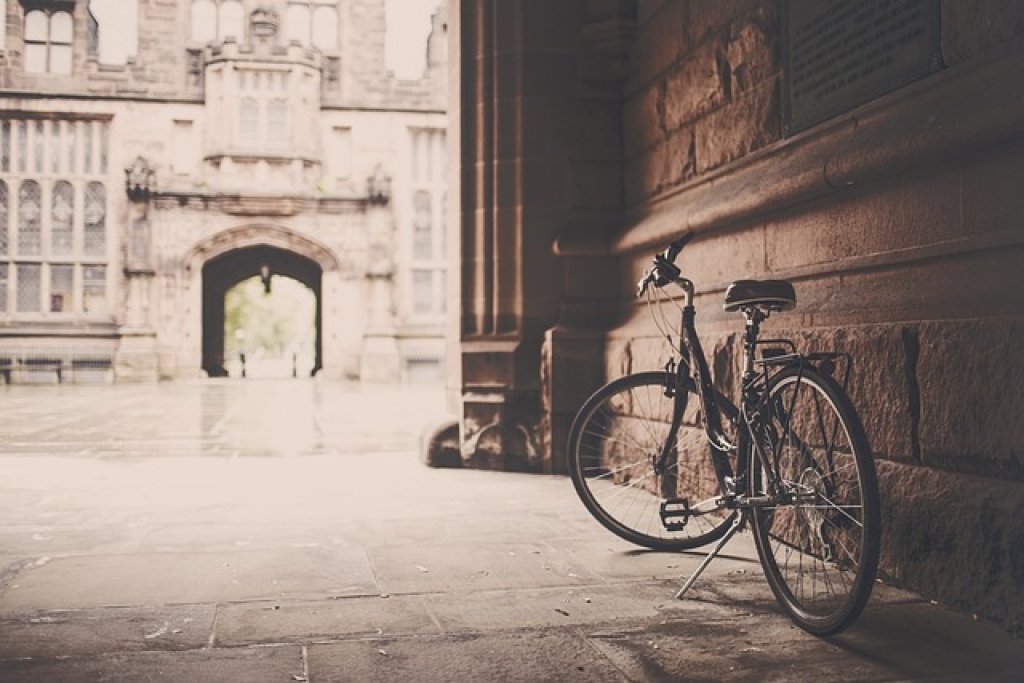10 Essential Tips For Becoming an Expert Cyclist
Are you looking to become an expert cyclist? Here are 10 essential tips to help you get there sooner than you think:
1. Build Up Your Endurance
If you want to become an expert cyclist, you’ll need to build up your endurance so you can cycle for longer periods of time. Start by gradually increasing the time and distance of your rides so you can challenge yourself each time.
2. Practice Technique
Good form and technique are essential for becoming an expert cyclist. So be sure to practice the basics such as sitting up straight, using the correct gear and using the correct pedaling cadence.
3. Monitor Your Performance
Keep track of your performance to help you monitor your progress. You can use a cycling app to track your time, distance and other data to help you stay focused on your goals.
4. Find the Right Equipment
One of the most important steps to becoming an expert cyclist is finding the right equipment. A good quality bike, shoes and helmet are essential for safety and performance.
5. Fuel Up Right
Nutrition is an important part of cycling performance. Make sure you are eating a balanced diet of carbohydrates, proteins and healthy fats to fuel up for your rides.
6. Join a Community
Joining a cycling community is a great way to stay motivated and learn from more experienced riders. It can also be fun to ride with others and make some new friends along the way.
7. Work on Weightlessness
Weightlessness when cycling is key to becoming an expert cyclist. Minimizing body and hand movement will help you become more efficient with your movement.
8. Invest in Training
Investing in a good cycling coach or aerodynamics tutor can help you learn the best techniques for cycling faster and more efficiently.
9. Focus on Safety
Safety should always be the top priority. Be sure to wear the appropriate safety gear such as a helmet and reflective clothing, and to obey all traffic laws.
10. Have Fun!
Above everything else, remember to have fun! Cycling should be enjoyable and something you look forward to doing. So don’t forget to take time to appreciate the scenery and the journey.
These are some of the essential tips to help guide you in becoming an expert cyclist. With hard work and dedication, you can achieve your goals in no time!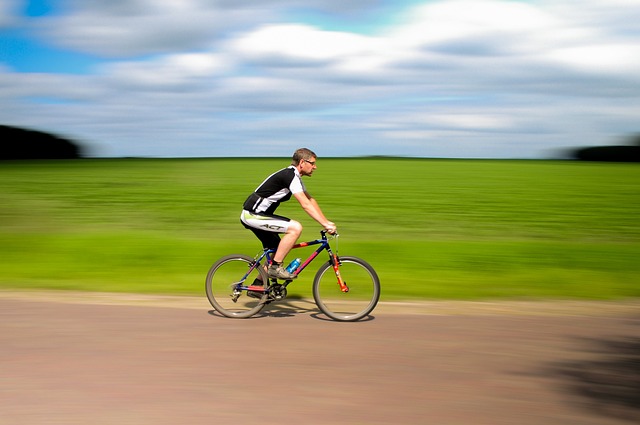
How can a cyclist keep up with their nutrition on long rides?
There are several ways that a cyclist can keep up with their nutrition on long rides. First, the cyclist should eat a healthy meal before the ride and bring snacks such as energy bars and electrolyte drinks for during the ride. Eating small, frequent snacks during the ride helps regulate blood sugar and maintain energy levels. Secondly, drinking plenty of fluids is essential for maintaining hydration and electrolyte balance, A cyclist can also supplement electrolytes with electrolyte tablets or powders, such as Gatorade or Skratch Labs, to help replace lost electrolytes. Lastly, a cyclist should make sure to include sources of protein and healthy fats to their diet to ensure proper energy levels and muscle recovery. Eating a balanced diet is important to maintain energy levels and keep the body fueled for longer rides.
How does gear selection and shifting impact overall performance?
Gear selection and shifting impact overall performance by allowing the driver to adjust the output of the engine for different speeds and other factors. The right gear selection and shifting technique can help a driver maximize the potential of their engine, often resulting in better performance in terms of acceleration, fuel efficiency, and other areas. By selecting and shifting gears based on the current driving conditions and the output of the engine, the driver can ensure that their vehicle’s engine is running at peak efficiency.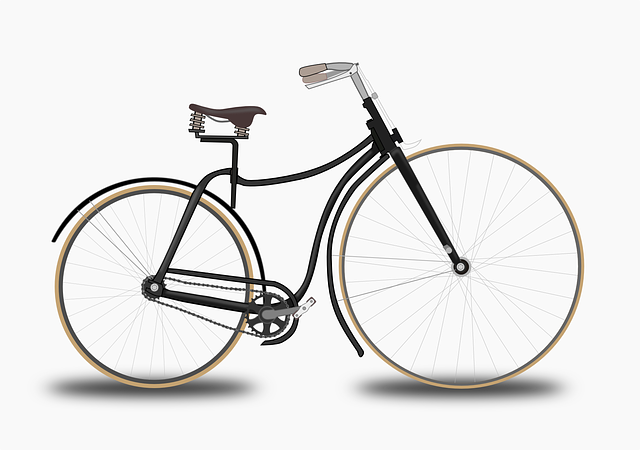
What type of bicycle is best suited for long-distance cycling?
The best type of bicycle for long-distance cycling is a touring or road bike. These types of bicycles feature frames designed to be lightweight and efficient, and they have a higher gear ratio for quicker speeds. They also generally have more comfortable frames and relaxed riding positions, making them easier and more comfortable to ride for longer distances.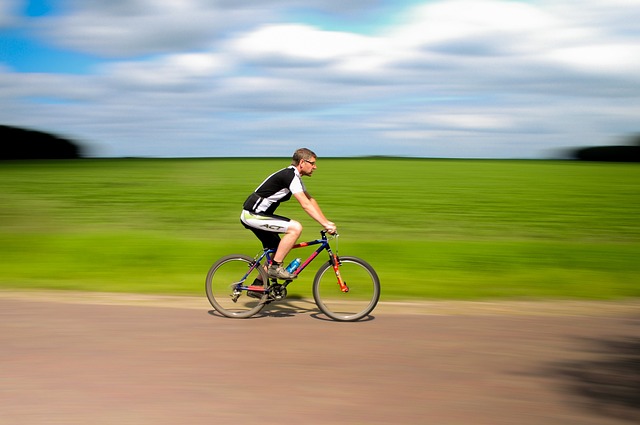
How can a cyclist increase their aerobic and anaerobic fitness?
A cyclist can improve their aerobic and anaerobic fitness levels by engaging in regular cardiovascular training, such as cycling up hills and intervals, as well as weight training and core stability work. They should also include stretching and recovery activities in their training routine, as well as adequate amounts of rest and proper nutrition to support their fitness goals.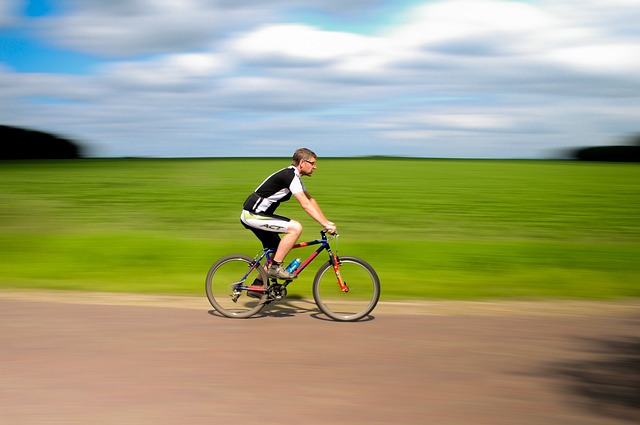
What are the most important elements of bike maintenance?
The most important elements of bike maintenance are:
1. Regular Inspection and Maintenance: Regularly inspecting and maintaining your bike is the best way to keep it in good shape. This includes checking brakes, tires, pedals, chain, frame, and wheels for wear and tear.
2. Lubrication: Lubricating your bike chain, components, bearings, and other moving parts will ensure that all parts are running smoothly and prevent them from seizing or rusting.
3. Cleaning: Keeping your bike clean is essential for a safe and comfortable ride. Use a degreaser, bike cleaner, and brush to clean the chain, frame, wheels, and other components.
4. Tightening and Adjustment: Regularly tighten and adjust all screws, nuts, and bolts. Most bike components use a system of screws, nuts, and bolts, and some are adjustable.
5. Replace Worn-Out Components: Replace broken and worn-out components like brake cables, tires, and wheels. Neglecting to replace worn-out components could lead to greater problems down the road.
